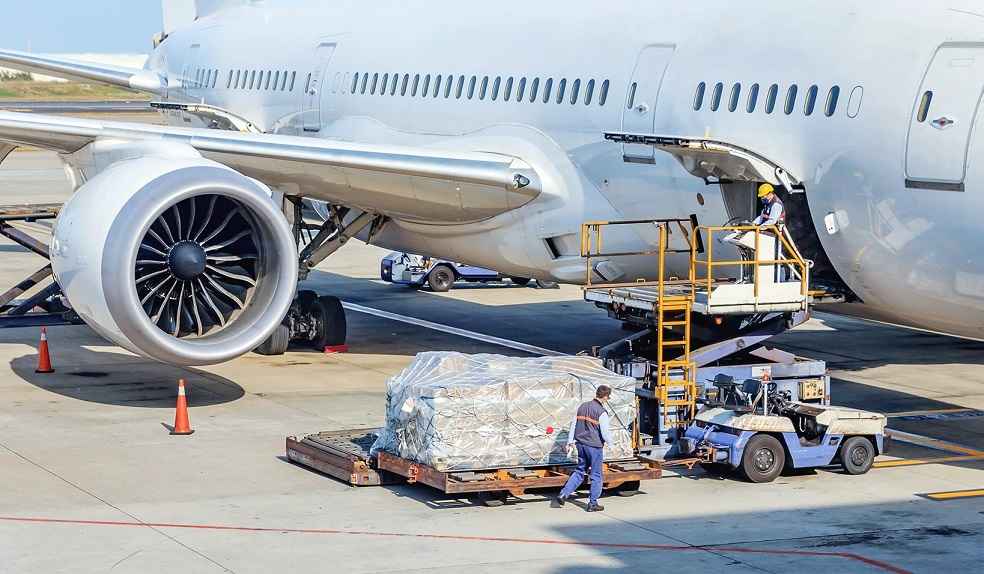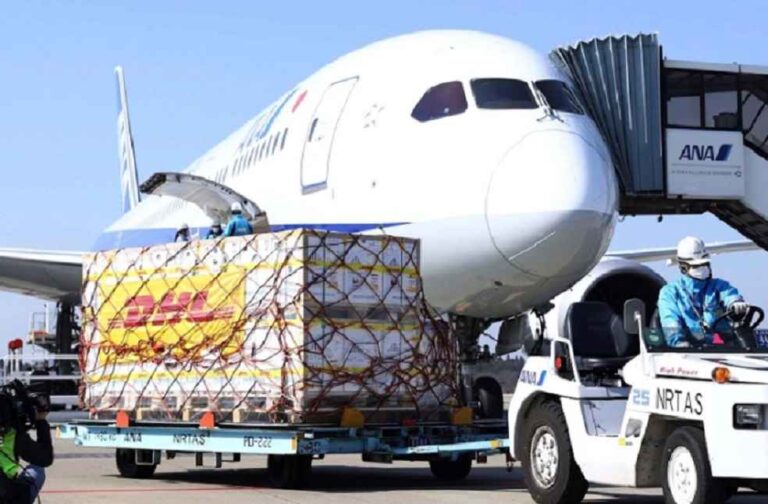International trade dynamics are experiencing profound transformations, particularly within the air freight sector, as Chinese e-commerce platforms like Shein and Temu captivate American consumers. This burgeoning demand is triggering a sharp rise in air cargo prices from China to the U.S., diverging from the global trend of declining rates and spotlighting emerging logistical challenges.
Contrary to the typical post-holiday slowdown in cargo activity, this year presents an anomaly driven by the increased preference for Chinese goods among U.S. consumers. Distinct from U.S. e-commerce entities that distribute products from domestic warehouses, Shein and Temu transport their goods directly from Chinese factories to U.S. doorsteps via air cargo. This direct shipping model has precipitated a 14% escalation in air cargo rates from China to the U.S. compared to the previous year, starkly contrasting with an 8% reduction globally.

The allure of these Chinese e-commerce behemoths stems from their aggressive pricing and swift delivery schedules, which, while advantageous for consumers, are taxing the existing air freight capacity. This strain prompts concerns among logistics providers about their capacity to fulfill future demands, especially during the critical Christmas shopping period. In response, Atlas Air, a leading cargo airline, has amplified its flight operations between the U.S. and China, collaborating with YunExpress, a Chinese freight forwarding service.
The industry still confronts multiple obstacles. Air freight capacity between China and the U.S. remains below pre-pandemic levels, compounded by fuel-saving measures that diminish cargo space and ongoing geopolitical tensions that disrupt global logistics networks.
The shift towards air cargo comes at a time when alternative shipping methods face significant challenges. Delays in ocean shipping, intensified by geopolitical conflicts such as those in the Red Sea region, are compelling more shippers towards air freight, thereby driving up prices.

As e-commerce perpetuates air freight traffic, logistics companies find themselves in a competitive struggle for limited space to accommodate the exponential demand. This fierce competition, coupled with operational challenges posed by the current geopolitical climate, crafts a complex scenario in international trade and logistics.
This evolving situation highlights the necessity for resilient, adaptive strategies within the logistics sector to manage current demands and future uncertainties. As market dynamics progress, stakeholders are compelled to remain agile, potentially reevaluating traditional logistics models to better support the rapid growth of e-commerce and the changing contours of global trade.
DON’T MISS | Oil Price Surge and Middle East Tensions Threaten Global Supply Chain



